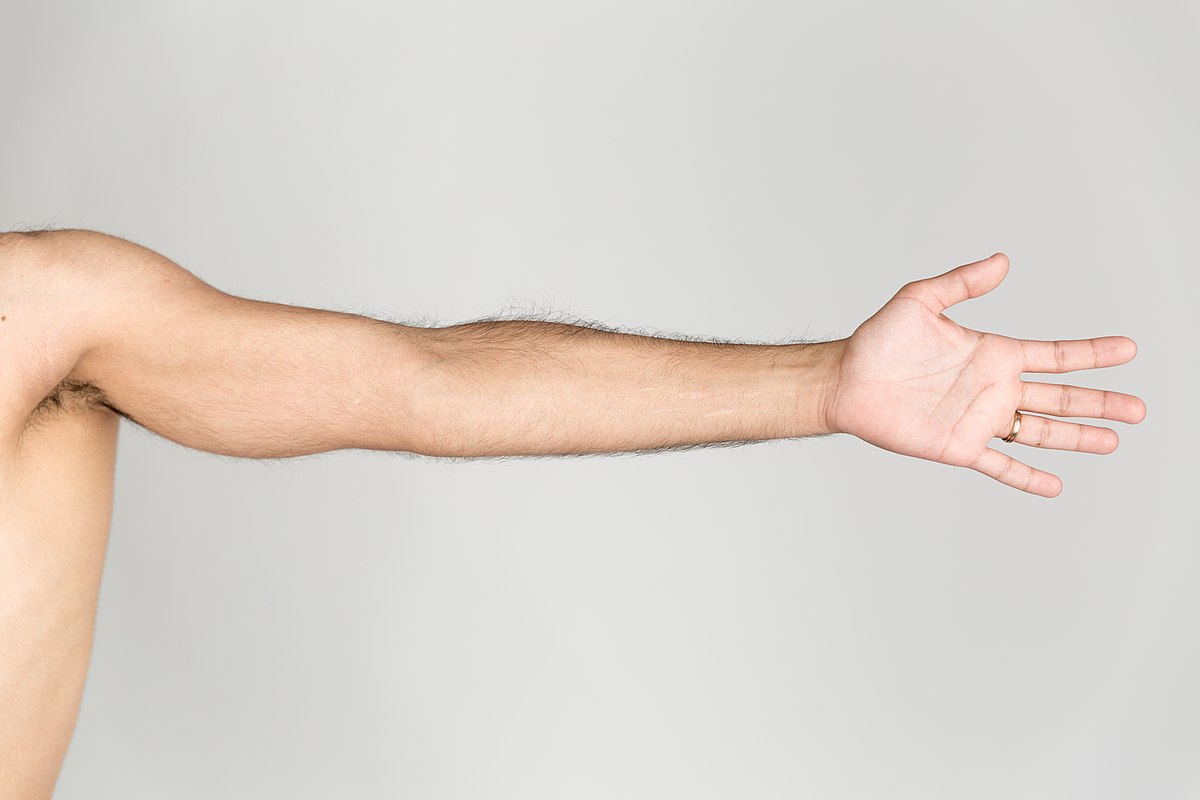Dogs and humans both have a homologous trait, the dogs leg and a humans arm. Dogs legs are used for walking, where humans do not tend to use their arms for walking. Humans use their arms for all kinds of different things like carrying heavy things and just about anything you can think of since your arms and hands are almost one in the same, you can use them for writing, typing, art or endless possibilities. Dogs legs have the main purpose of walking. Humans can get down on all fours, but it is not as comfortable or natural as a dog. likewise for a dog, they can stand on two legs but its not very natural for them, that would be kind of cute though! however they do have almost the same structure and the same amount of bones as each other.









A butterfly and a bat have analogous traits. Both of these creatures have wings and they both use them to fly. I do think a common ancestor could have had wings as well which were passed all the way down to these two very different species.



The opening prompt for both sections specifically ask for descriptions, not just identifications, of your two species. Expand and provide your readers with a better foundation of understanding for these comparisons.
ReplyDeleteGood description of the different function of the human and dog forelimbs, but how does that translate into different structures? That would help us understand how divergent evolution impacted these structures.
Missing the ancestry section? Who (in general) was the common ancestor of these two species? In this case, it would be an archaic mammal, since both species are mammals. Did that ancestor possess the archaic limb structure shared by both modern species? That is what we need to know to confirm homology.
Analogy: More information needed in your description of species and your discussion on the similarities in structure and function of the traits should go beyond a single sentence. Expand.
"I do think a common ancestor could have had wings as well which were passed all the way down to these two very different species."
But then these traits wouldn't be analogous. Analogous traits are those that share common structure and function but not a common genetic origin. They need to arise independently from each other. So how do we use ancestry of these two species to confirm analogy?
It is difficult to guess at what the common ancestor of the bat and butterfly looked like some 100's of millions of years ago... it may have possessed wings or it may not have, but fortunately, we don't need to know that to confirm that these traits are analogous. While it is possible that the butterfly inherited its wings from that common ancestor, what about the bat? We know quite a bit about bat and bat-wing evolution. Bats evolved wings as they split from other mammals, and this occurred long, long after the split with that common ancestor with the butterfly. This means bat wing evolution occurred independently from that common ancestor with the butterfly. That is sufficient to confirm that these are not the product of common descent and are indeed analogous.
Good images.